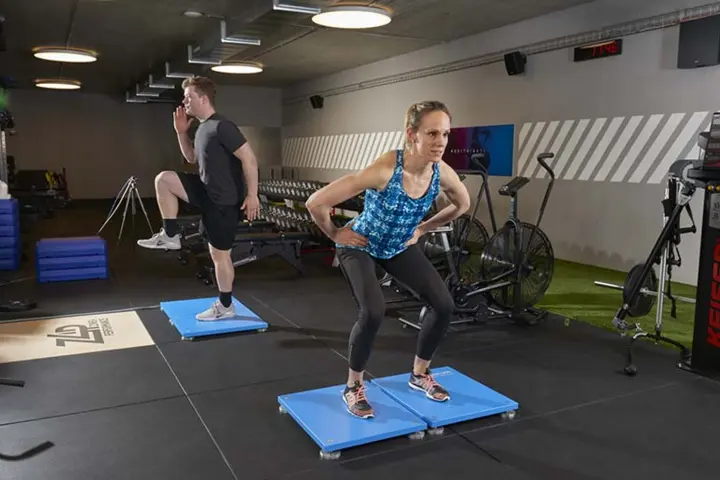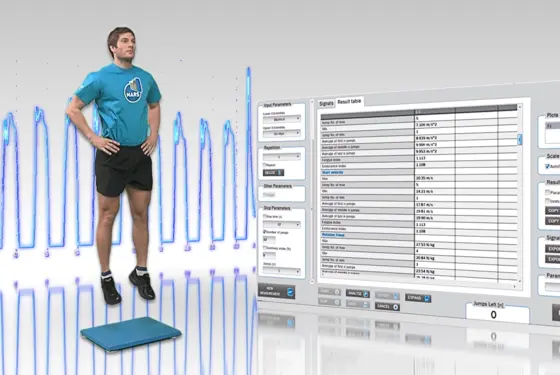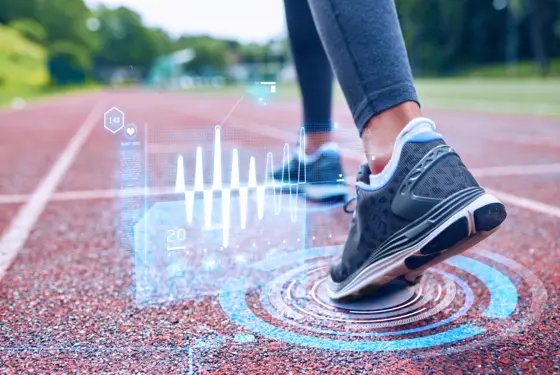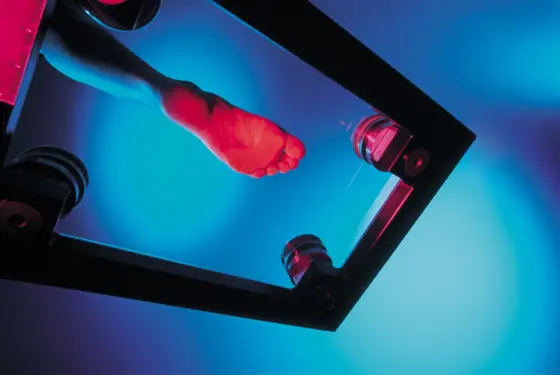What are 3D force plates used for?
3D force plates are used in biomechanical basic research and in sports for the measurement of ground reaction forces, torques and center of pressure (COP) that occur when a person stands, steps or jumps on the force plate. The data measured along the vertical and horizontal force axes help to characterize highly complex movements.
3D plates can also be used to measure and analyze lateral jumps. Movement analyses in sports help to improve the performance of athletes and to avoid injuries. Trainers and coaches usually work with a portable three-component force plate for recording the balance and stability of their athletes.
In research, permanently installed 3D systems are typically used. To record complex movement patterns, force plates are used in combination with video cameras or motion-capture systems.
What is the difference between a 1D force plate and a 3D force plate?
Because the measuring elements of a 1D force plate are 1-component sensors, they can only be used to measure the vertical forces that occur during walking or jumping. This is where the difference between a 3D force plate based on 3-component sensors lies.
The 1D force plate is used to measure the vertical forces exerted during jumps, such as:
- Counter movement jumps
- Squat jumps
- Drop jumps





